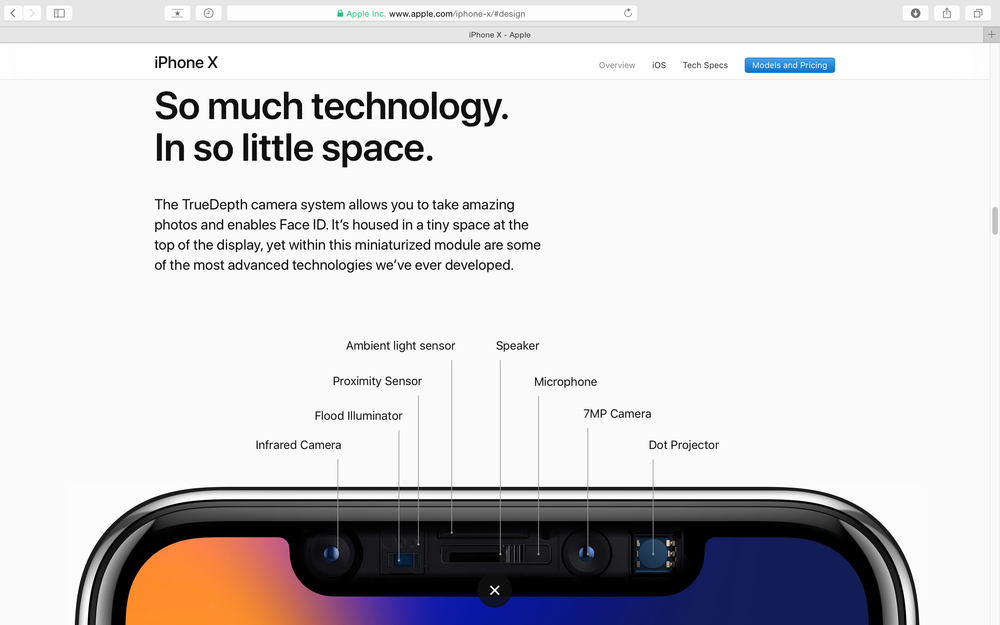Business owners have to face many harsh realities and the one that is most elusive is website SEO (Search Engine Optimization). The issue of SEO is a key factor that makes or breaks a company’s website. The reason is simple – if your website can’t be found, it is of no use to anyone. That’s when quality SEO makes a huge difference, by allowing visitors to flood into your website at a steady rate. It is important to understand that “search engine optimization” consists of two parts – On-Site SEO and Off-Site SEO. Opinion on which one of these is more important varies, but it is a proven fact that they are both crucial for a successful website. We will cover Off-Site SEO in a future article.
In this article, we will talk about the different aspects of “On-Site SEO” (also known as Onpage optimization). On its most basic level, On-Site SEO represents all the tools that the web-developer wields in order to improve the website’s ranking and make it easily findable by potential clients.
Getting Started with On-Site SEO
On-Site SEO consists of a large number of components. Each one plays a different role in helping your site reach the first page in search engine results. You want Google and other search engines to deliver your site on the first page for the highest possible visibility.
Website content (pages, blog posts, articles etc.)
This part is obvious, yet it’s still the most important one, and often looked over. If you’re a beginner in search engine optimization, the first thing you have to do is to stop worrying about the ever-changing algorithms of Google and Bing and instead focus on creating high-quality website content, since it is the foundation of further On-Site optimization.
Title, Meta Description, Keywords, H1, H2
Each page and blog post has “Meta tags.” These tags are not complex, they are a line of HTML code that includes basic information about the page. For example, the “Title” meta tag contains the name of the page. The “Description” meta tag is the description of the page. But the “description” tag also has the added benefit of being the description of the page for search engines like Google.
You may have heard the phrase “keywords” and there is a meta tag for that too, albeit has been rendered pretty insignificant. The proper way to focus on keywords is to use them effectively and naturally in your content. It’s important to keep track of keyword placement in your text. (Too few or too many – and this page is less likely to be indexed by search engines).
“H1” and “H2” stands for “heading one” and “heading two.” It is HTML code and it is important to understand that these should be used with intention; they serve as a headlines that help create a hierarchical structure on the page. “H1” is the largest heading.
User Interface & Visual Design
Even though visual design is important, we highly recommended that you go easy on the usage of Flash elements on your website. Although it might look good, search engines cannot read Flash. In addition many newer browsers will not even load Flash-based pages without specific instruction from the person looking at the site. Honestly, from our point of view… Flash is dead, let it RIP.
Inner-linking and cross-referencing content helps both your On-Site SEO and allows visitors to better navigate through your website. A well-structured website is crucial in welcoming new potential clients.

Example of an elegant and simple user interface. With simple, visible options for navigation.
Alt. tags for images
So often forgotten, but extremely important, are the “alt” tags. These tags are an alternative description for your images. Various search engines will find these tags. They are especially important for screen readers used by the visually impaired. Good “alt” tags contain keywords that are relevant to the image as well as the content on the page.
The Other Stuff
Other important on-site SEO stratigies to consider are:
- Website Load Time
- URL Structure
- The URL is your website address, like a phone number. This URL “yoursite.com/12314/” is less readable than “yoursite.com/my-great-blog.”
- Website Site Map
- robots.txt
- A small file that tells search engine robots how you want them to read your website.
- 301 redirects
- A way of forwarding your website for search engines to know that “yoursite.com” and “www.yoursite.com” are the same site.
- Schema or Microdata is the newest hot SEO trend
- Microdata is a type of data layout that tells search engines about the page, author, product, business etc.
- Microdata is more complex and defined than the aforementioned meta tags.
If you manage to implement these elements of On-Site search engine optimization, you’re setting yourself up for a successful website launch. If you’re not sure how to bring some of these aspects to life, let us know, we will be happy to help you along the way.
Recent Articles
Schedule a Call
Not sure if Digital Renegades is the right fit for your project? Schedule a consultation with our team and we'll help.



